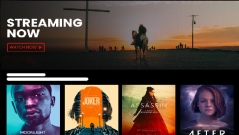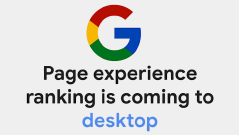Travel websites are among the least accessible
Why it matters
You're probably familiar with Americans with Disabilities Act (ADA) Title III as it applies to physical spaces used by your customers.
But ADA Title III is broader than that. In 2018 the US Department of Justice took the position that the ADA applies to the websites of businesses dealing with the public.
To address the issue of how ADA Title III applies to websites, the World Wide Web Consortium (W3C) has created internationally recognized guidelines for website accessibility. These guidelines, set out in the W3C’s Web Content Accessibility Guidelines (WCAG) how to make Web content accessible to individuals with disabilities.
Travel websites
A destination website is the first point of access for many vacation shoppers, yet limited accessibility can lead tourists elsewhere. If a tourism website is inaccessible, it can result in revenue loss for all local businesses.
A 2018 study of the national tourist board websites of 210 countries found pervasive accessibility issues, most notably in:
- Navigability
- Compatibility
- Adaptability
- Text alternatives
- Assistive technologies
New research (August 2023) reported by accessibility platform provider Audioeye finds a total of 15 barriers to booking for users with disabilities that are common to today's travel websites, including 4 that are nearly universal:
Popup windows containing no information for non-sighted users which trap keyboard-only users with no explanation of the purpose of the window and no way to close it - forcing them to abandon the site
ALT text failing to provide a meaningful description of images but rather simply "lobby" or "room" instead of something that would help non-sighted users better understand the experience on offer
Unclear labels making it difficult for non-sighted users to navigate between pages, such as a menu of navigation tabs labeled simply "see more" instead of descriptive terms like "Amenities" and "Reviews"
Links without labels that fail to provide critical context, which force non-sighted users to stop, go back and re-read the surrounding text to try to find out where a click would take them
Other issues Audioeye found on travel sites included:
- 74% of pages had at least one image with missing or inadequate ALT text, making it hard for users with visual or cognitive disabilities to understand what an image illustrates.
- 54% of pages were missing frame titles, which can make it difficult for screen reader users to find content or orient themselves within a page.
- 40% of travel pages with a form had at least one unlabeled field, which makes it difficult for users with visual or cognitive disabilities to sign up for an account or upload personal information
Is your website fully accessible, including by persons with disabilities?
Find out how you can get an accessibility analysis of your website using W3C WCAG tools over at our sister website ACROGlobal.com .

 - David
- David





Comments on Travel websites are among the least accessible for those with disabilities